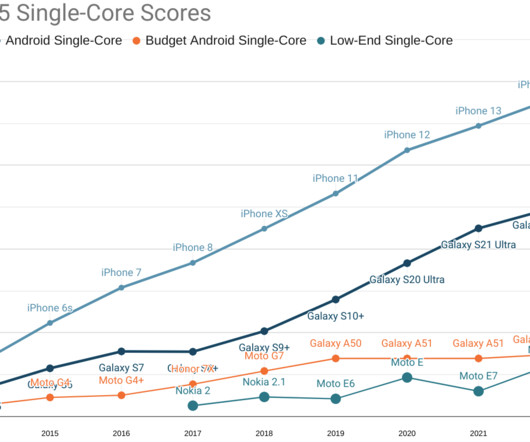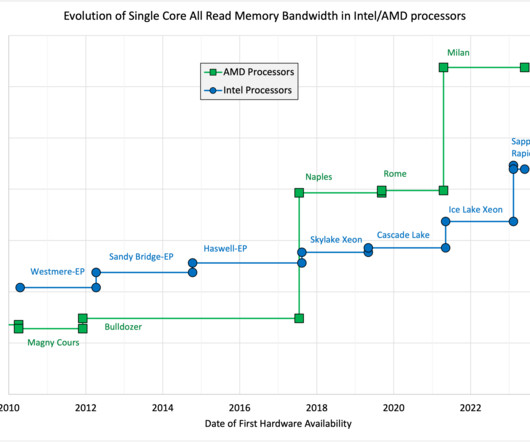Is MongoDB Open Source? Is Planet Earth Flat?
Percona
APRIL 12, 2023
Co-founder Eliot Horowitz recounts ( {coding}bootcamps.io ): “MongoDB was born out of our frustration using tabular databases in large, complex production deployments. In 2010, having seemingly gone all-in with the tenets of open source development , the company brought MongoDB to the market as an open source database server.













Let's personalize your content